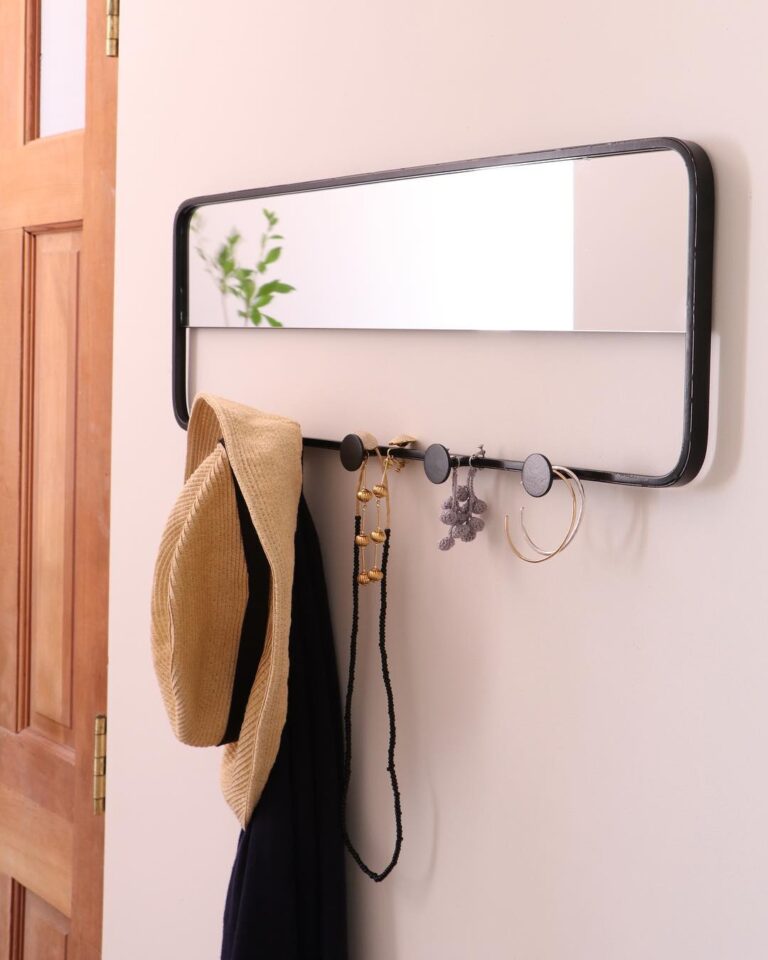6 Ways to Prepare Your Home for the Raining Weather Season
The rainy weather season is coming soon, and you should be preparing your home for it. If you don’t, then the water damage that will occur could lead to a lot of easily avoidable headaches. This blog post will cover how to prepare your home for the upcoming rainy weather and protect it from any potential damages.

1) Inspect the roof
The first thing you should do is inspect your roof. Make sure there are no missing or damaged shingles that could lead to water infiltration during a storm. If you find any problems, have them fixed immediately. Also, make sure your gutters and downspouts are clear of debris so that they can properly funnel water away from your home. If you have trees near your house, make sure to trim back any branches that could potentially damage the roof during a storm. And finally, install gutter guards if you don’t already have them. This will help keep leaves and other debris out of your gutters, preventing them from clogging up and overflowing during a storm.
2) Install storm windows and doors
Installing storm windows and doors are one of the best ways to help protect your home from water infiltration during a heavy rainstorm. Not only will they keep out windblown rain, but they’ll also help shield your old single-paned windows, which don’t hold up well against the weather. Storms won’t come through as often in colder months, so you can install them at that time or wait until next year, depending on how many storms we get this winter. Storm window installation is fairly inexpensive, and it’s definitely worth protecting your more valuable assets such as wood floors, carpeting, furniture, etc. Most local hardware stores sell kits with all necessary parts for around $100-$200 per door/window setup. They usually include plexiglass, screws, a drill bit, and caulking. Consider using restoration services.

3) Clean up leaves and debris from the yard
One of the worst things you can do is to let all your fallen leaves accumulate on top of each other in a pile. Not only does it look bad, but if water gets into that leaf mess, then it could create a breeding ground for mold spores which will grow inside your home through any available cracks or crevices along windowsills, etc. This leads us back to point #’s one and two, where we talked about caulking around door/window frames, attics, basements, etc. If water makes its way past those points during heavy rainstorms, then mold growth and rot damage will occur because nothing stops the moisture from getting inside walls/floors, etc. So keep those leaves cleaned up by either raking them or using a leaf blower. It’s a tedious job, but it’ll be worth it in the long run.
4) Consider investing in a sump pump
If you live in an area prone to heavy rains and flooding, you should consider investing in a sump pump. Sump pumps are designed to remove water from basements and crawl spaces. They come at different sizes and prices, so there’s definitely one out there for everyone. If your home has already sustained water damage in the past, then it might be a good idea to invest sooner rather than later. You can usually find them at local hardware stores or online retailers.
5) Rugs and carpets
If you have a lot of carpeting or rugs in your home, then consider storing them away for the rainy season. If water gets into those fibers, it will create mold growth as well as odors from any moisture seeping deep within the padding underneath. It’s also best to store other fabric items such as clothing, bedding, etc. Any type of porous material should be stored; otherwise, if they get wet during a storm, then expect an unpleasant smell throughout your house afterward. You can use cedar chips around these types of fabrics which helps with odor control by absorbing excess moisture, but that only works temporarily, so make sure everything is cleaned up before moving back in after autumn has passed.
6) Prep your gutters
If you have leaf guards on your gutters, then this step is already done. However, if not and leaves accumulate in them during the autumn weather, it’s best to remove as much debris as possible before the first storm hits. Once those leaves get wet, they create a thick slime layer that can be difficult to clean out later on after more accumulation. So do yourself a favor ahead of time by keeping up with regular maintenance so that you don’t have too many problems when winter finally gets here.

In conclusion, now is the time to prepare your home for autumn/rainy weather. First, do some research online or at local hardware stores to see what you can do.






